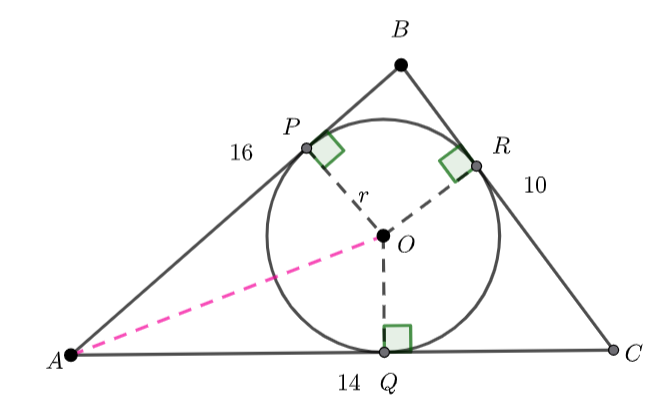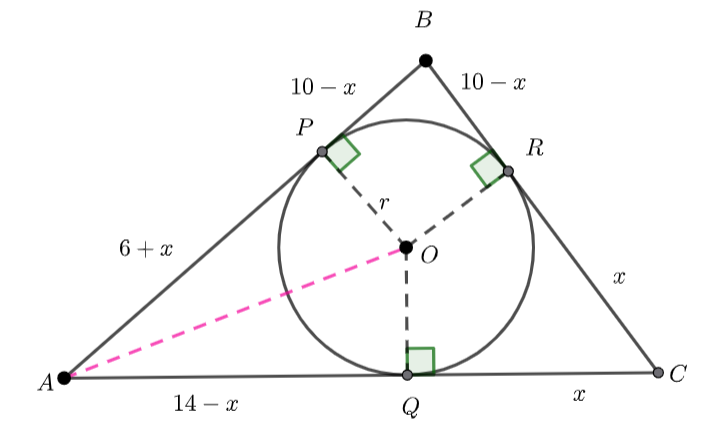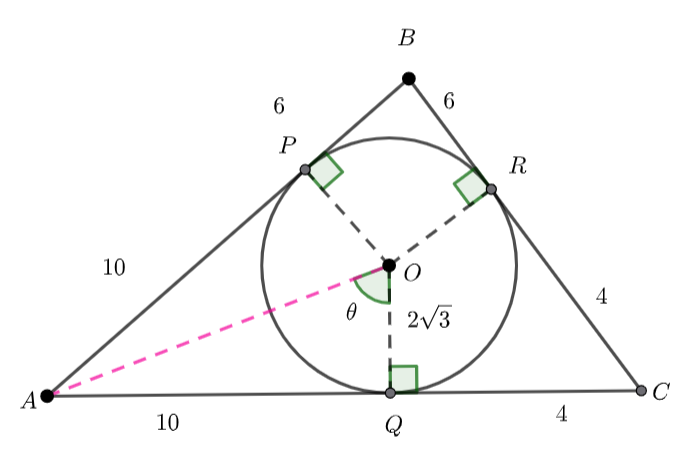Arithmetic progressions (or arithmetic sequences) are sequences with a common difference (i.e. the same number is added or subtracted to get the next number in the sequence).
For example,

or

The  term of an arithmetic progression is
term of an arithmetic progression is  where
where  is the first term and
is the first term and  is the common difference.
is the common difference.
i.e. For the sequence above, 
An arithmetic series is the sum of the arithmetic progression.
For example, if the sequence is

then 
The series is also a sequence and we are going to find the general term,  .
.

which we can write as

Now, I am going to write that in reverse order (to make the next bit more obvious)

I am going to add the two versions of  together
together
Each term has an  and there are
and there are  terms, so we now have
terms, so we now have  . The
. The  terms, we going to group together
terms, we going to group together

Which simplifies to  and we have
and we have 
 terms. So this part of the sum is
terms. So this part of the sum is 
Thus we have

Which simplifies to
(1) 
Let’s test it, remember the sequence  . We know
. We know 



![]() and
and ![]() subtract the sector
subtract the sector ![]() .
.![]()
![]()
![]()
![]()
![]() where
where ![]() is the radius of the inscribed circle.
is the radius of the inscribed circle.![]() and
and ![]()
![]() , and
, and ![]() – tangents to a circle are congruent.
– tangents to a circle are congruent.
![]()
![]()
![]()
![]()
![]() Area
Area ![]()

![]()
![]()
![]()
![]()





